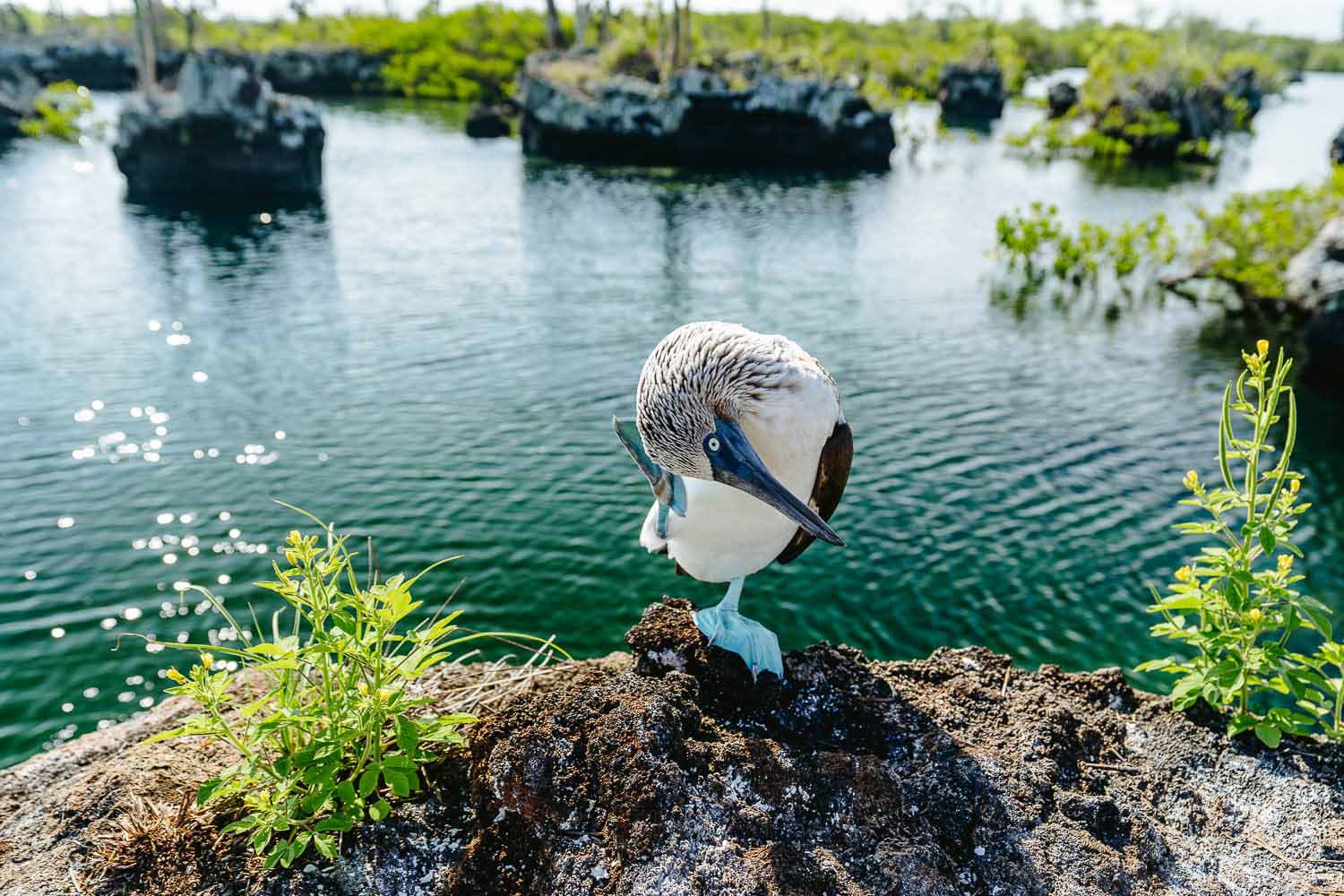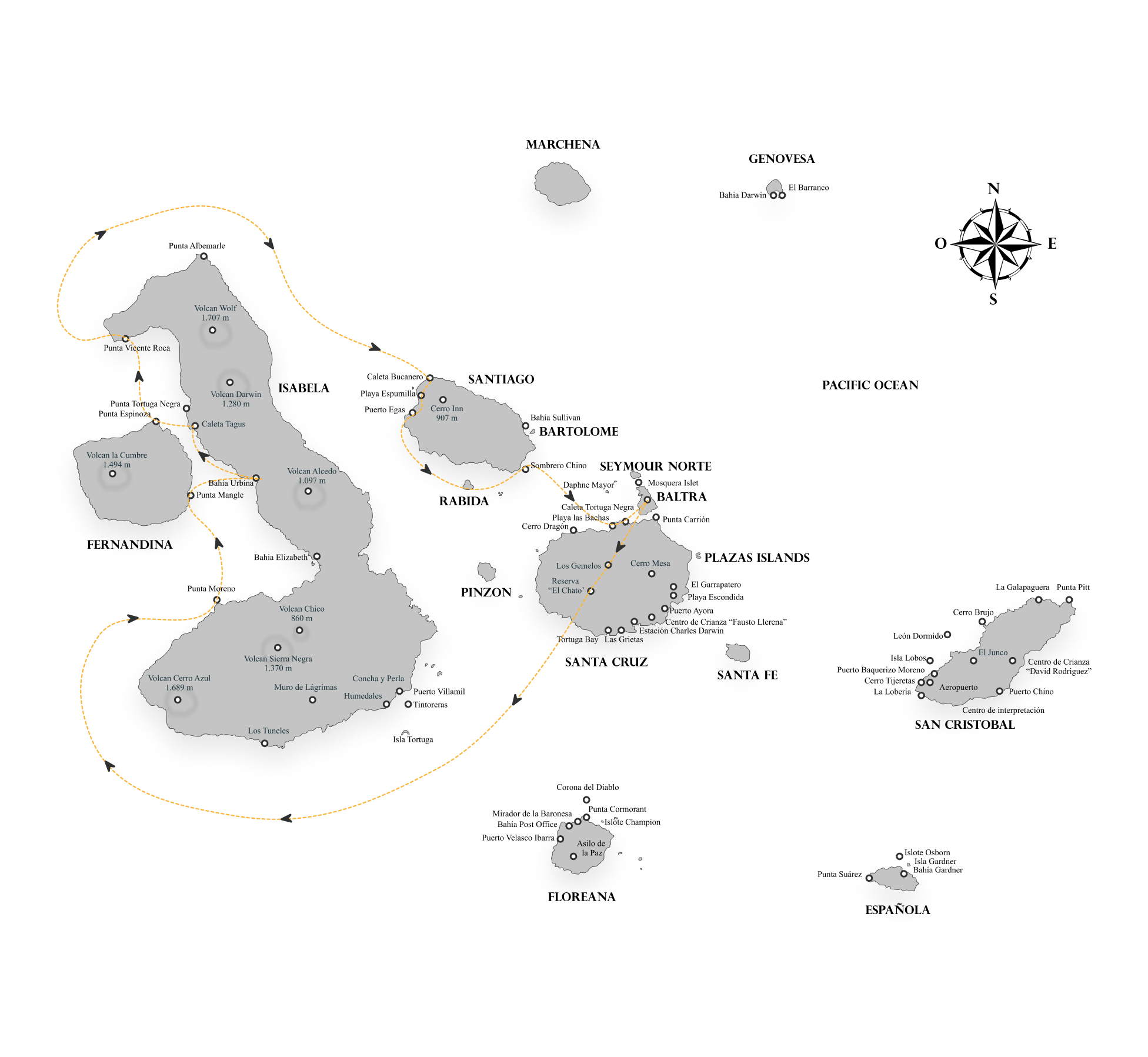Day 1 (Friday) : Santa Cruz Island: Highlands & Twin Craters
AM: Flight to Galapagos
Today, you will fly to the Galapagos Islands. Due to the Galapagos Government’s regulations, a fee of 20 USD must be paid for the migration control card.
Once in Santa Cruz, passengers must go through an inspection point at the airport to ensure that no foreign plants or animals are being introduced to the archipelago. Additionally, this inspection point is where passengers have to pay for the entrance to the Galapagos National Park under the following parameters:
As of September 2024, foreign passengers $200 and children $100 (under 12 years old).
Our guide will pick you up and carry your luggage to the bus that transports tourists to the ferries to cross the Itabaca Channel. After this, you will be taken by another bus for the first visit to Ranch Manzanillo where visitors must wear comfortable walking shoes, light clothing, a waterproof jacket, sunblock lotion, and carry a camera and repellent for the first activity. The visit to Ranch Manzanillo includes a picnic lunch and a short walk before boarding the Motor Catamaran. It is important to follow these instructions in order to accomplish this itinerary properly. Please be aware that passengers’ luggage will be sent directly to the Seaman Journey yacht.
Santa Cruz offers excellent opportunities to observe the wild Galapagos Tortoises. Tracking tortoises is not the only exciting activity to be found in the highlands. There are also plenty of lava tubes, sinkholes, and craters ready to be explored. After this visit, they moved to the M/C Seaman Journey.
Day 2 (Saturday) : Isabela Island: Moreno Point & Fernandina Island: Mangle Point
AM: Moreno Point, Isabela Island
Punta Moreno is located on the north coast of Isabela Island, between the Sierra Negra volcano and Cerro Azul volcano.
The trail runs along a Pahoehoe lava flow (solidified lava in the form of corrugated or an accordion) into a complex of coastal lagoons. Several species of birds can be found around these lakes and mangroves.
PM: Fernandina Island, Mangle Point
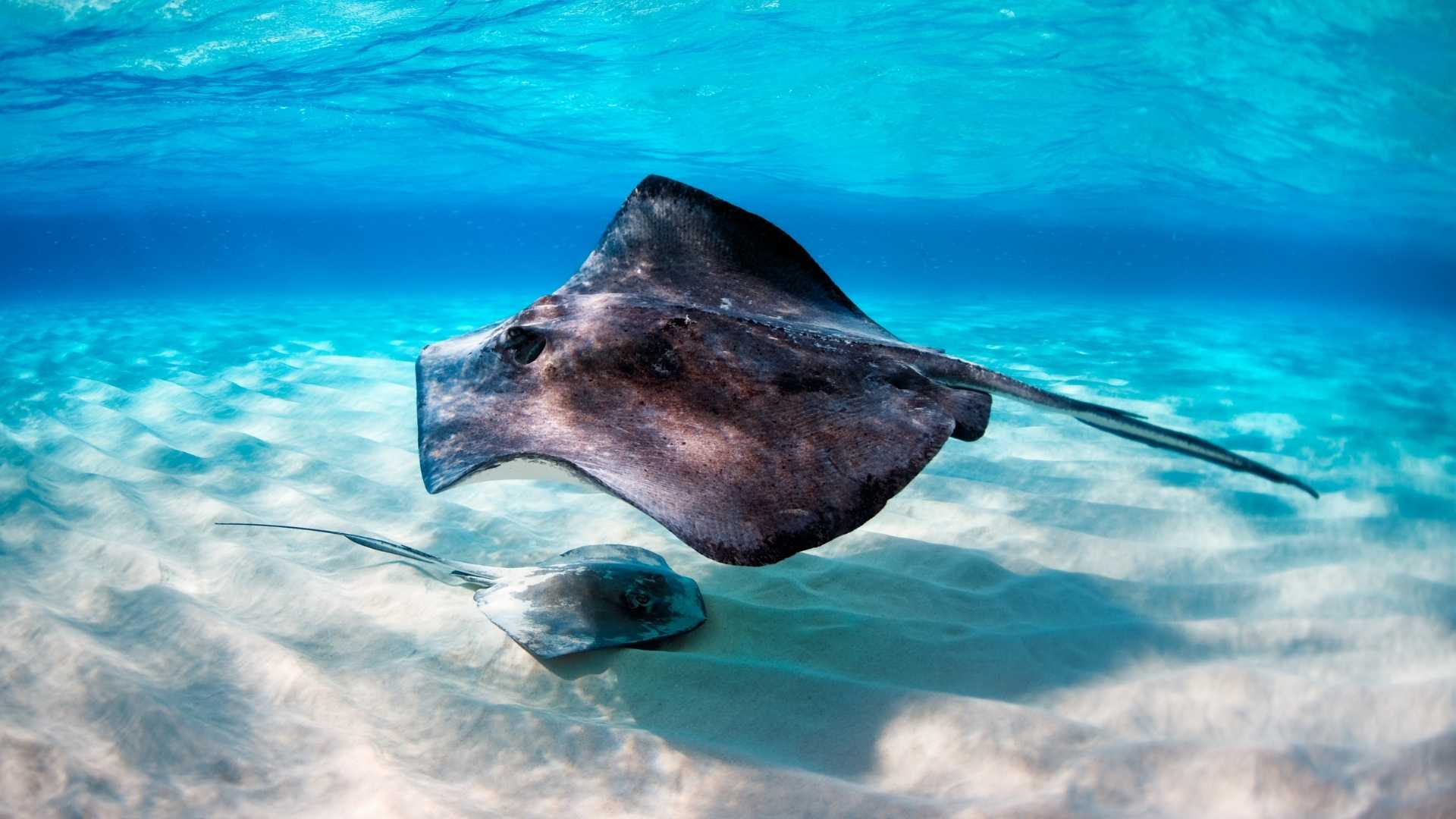
Photo: Extreme-Photographer
Off the eastern coast of Fernandina, Mangle Point can be found. It is a superior snorkelling site and a beautiful location for riding in a panga or zodiac through a grove of mangrove trees. A hike of about 1/2 mile is possible. While you are on your ride, you are likely to see sea lions, tortoises, pelicans, rays, and too many birds to name them all.
Day 3 (Sunday) : Isabela Island: Urbina Bay & Tagus Cove
AM: Isabela Island, Urbina Bay
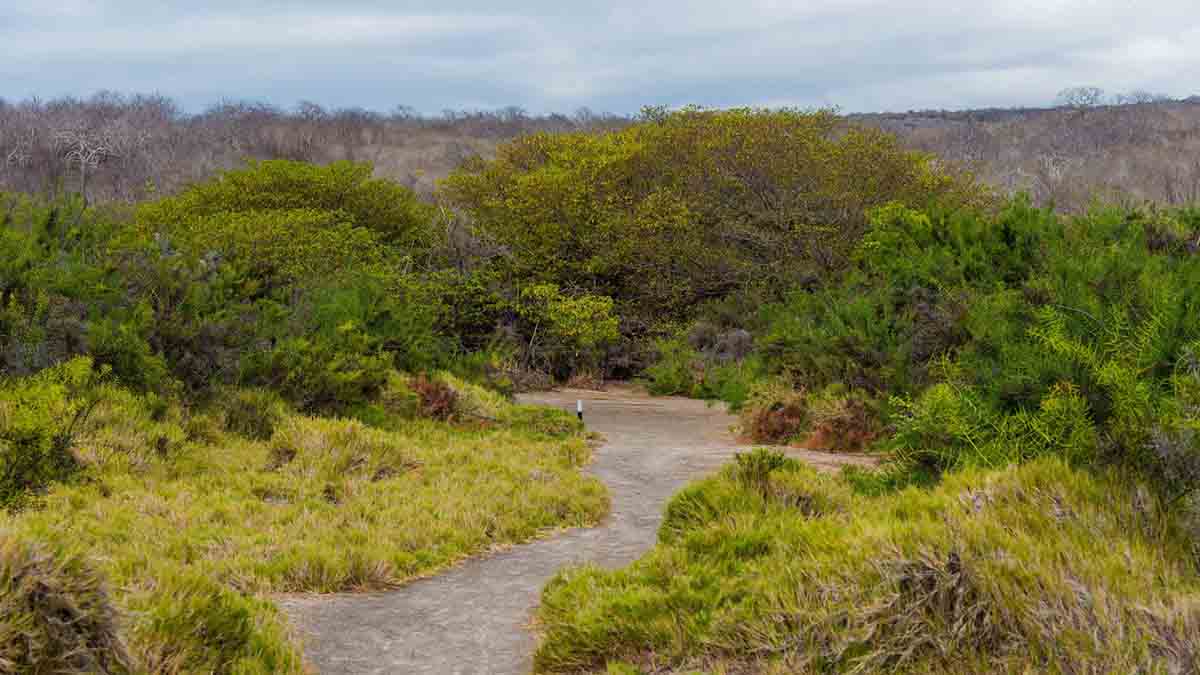
Photo: boydhendrikse
Urbina Bay is located at the base of Alcedo Volcano on the west coast, between Tagus Cove and Elizabeth Bay. This area experienced a major uplift in 1954, which caused the land to rise over 16 feet. The coast expanded half a mile out, leaving marine life stranded on the new shore. This area is also a great place to snorkel. Urbina Bay is a path that starts off with a wet landing. The course is approximately 3200m, and is made up of sand, pumice, lava, coral and vegetation where one can observe iguana burrows. It is an ideal place to see red and blue lobsters!
In Urbina Bay, you can see Darwin’s finches. Its main attraction is the land iguanas, which are larger than those in places like South Plaza Island and Galapagos. Tortoises also live in the wild; sometimes, even out of season, they are on the bottom of the islands. A large amount of vegetation can be observed such as chamomile and Rosewood, but among all these plants, the beautiful flowers of Darwin’s cotton, endemic to the Galapagos Islands, stand out.
PM: Isabela Island, Tagus Cove
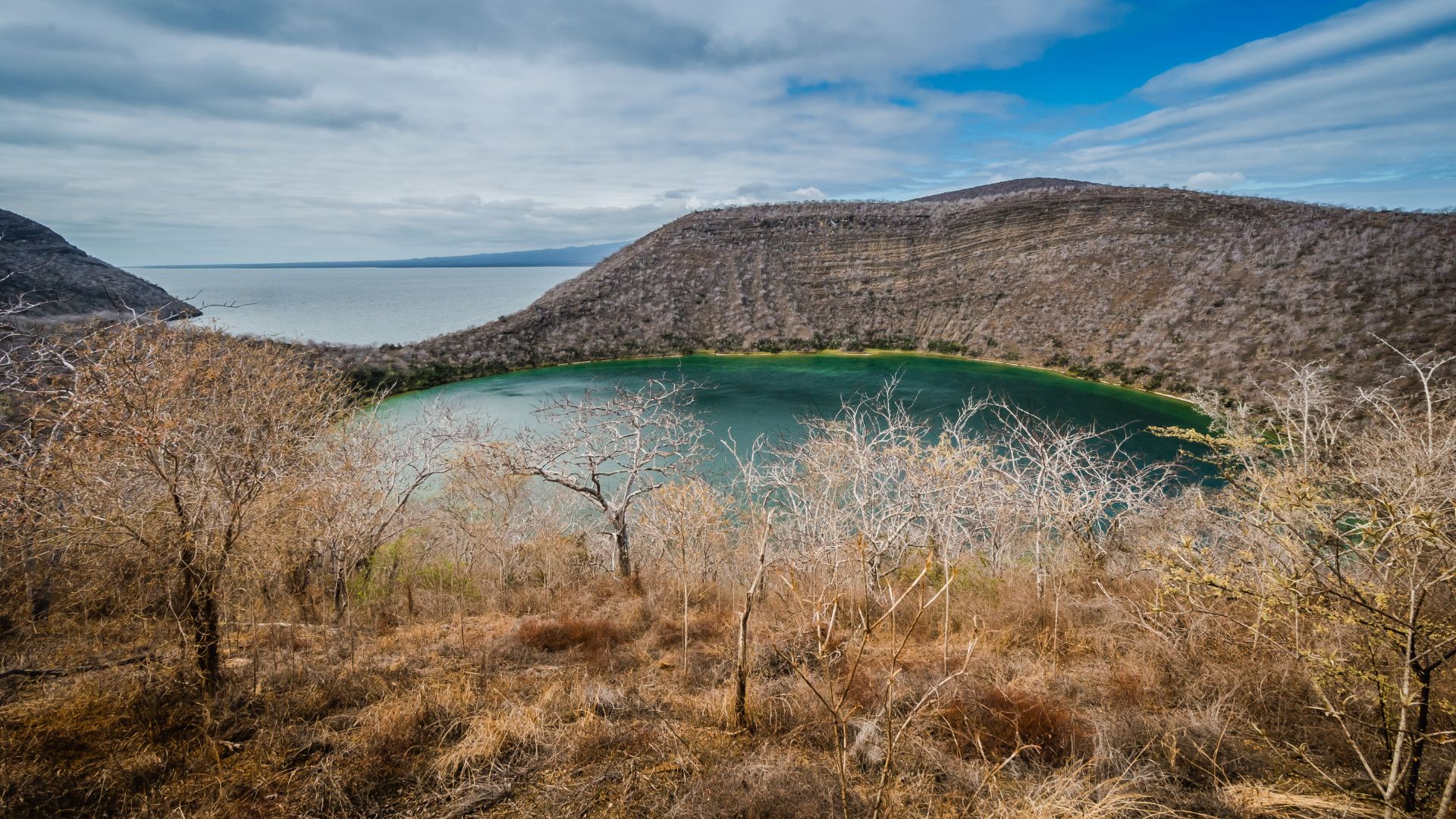
Photo: boydhendrikse
Tagus Cove is located west of Darwin Volcano on Isabela Island. This was a favourite spot for pirates and whalers, and it was they who started the following tradition: the inscription of the names of boats. At the beginning of the trail, you will see a small cave where you will find inscriptions dating back to the 1800s.
Its name originated from a British warship that passed through the islands in 1814 looking for Galapagos Tortoises for food. Due to former eruptions, the substrate has a large amount of volcanic rocks of different sizes, among the most common are little balls of nearly spherical shape known as “lapilli” or petrified rain.
Day 4 (Monday) : Fernandina Island: Espinoza Point & Isabela Island: Vicente Roca Point
AM: Fernandina Island, Espinoza Point
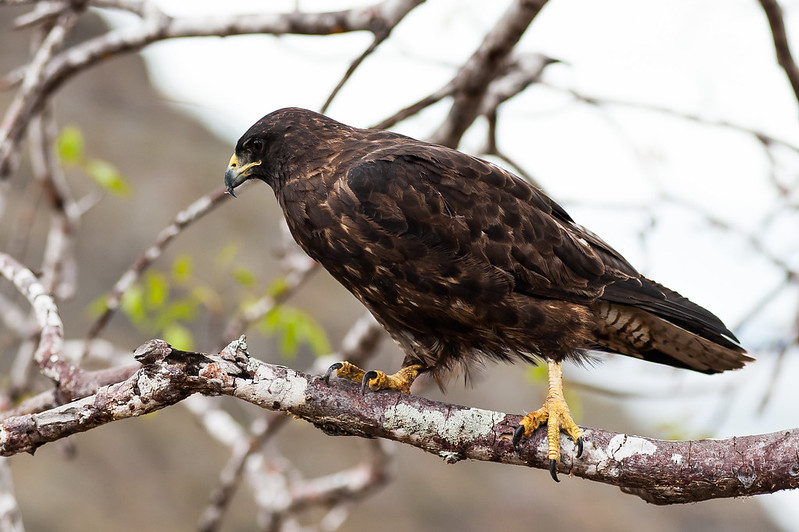
© Latin Trails
Espinoza Point is a renowned location recognized for its extensive colonies of marine iguanas and as the habitat of unique species such as the flightless cormorant, Galapagos penguin, Galapagos hawk, and Galapagos snake.
PM: Vicente Roca Point
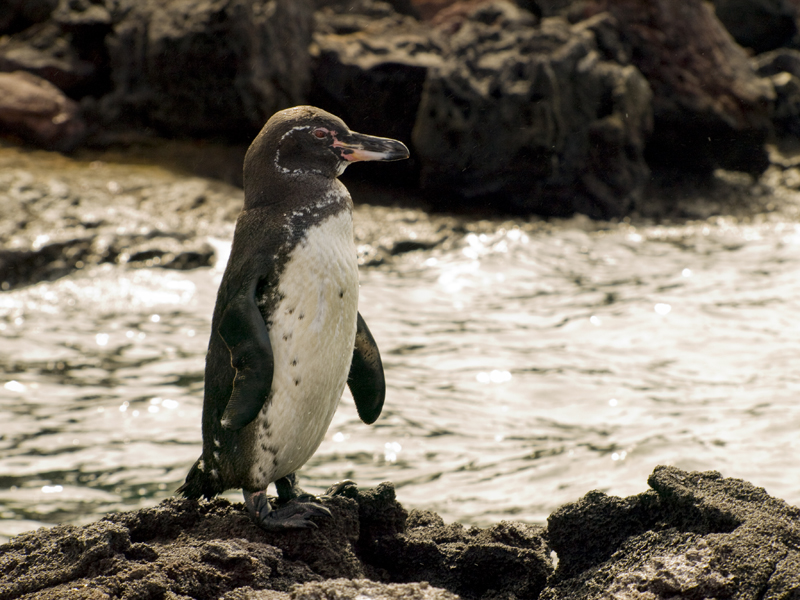
© Latin Trails
One of the most impressive and spectacular places in the enchanted Galapagos Islands, with high cliffs and tuffstone, ash, and lava formations giving this area a majestic touch, is Punta Vicente Roca. Located on the northwestern coast of the island, it comprises two distinct islets. This large bay boasts spectacular marine life.
Here, you can see seahorses, sea turtles, and the strange yet fascinating Mola-mola or sunfish. This bay is a great place for practicing Panga Rides and Snorkeling.
You can also find penguins, blue-footed boobies, terns, boobies, and sea lions. Additionally, you can snorkel and observe sea turtles, stingrays, and pufferfishes.
Day 5 (Tuesday) : Santiago Island: Espumilla Beach & Puerto Egas
AM: Santiago Island, Espumilla Beach
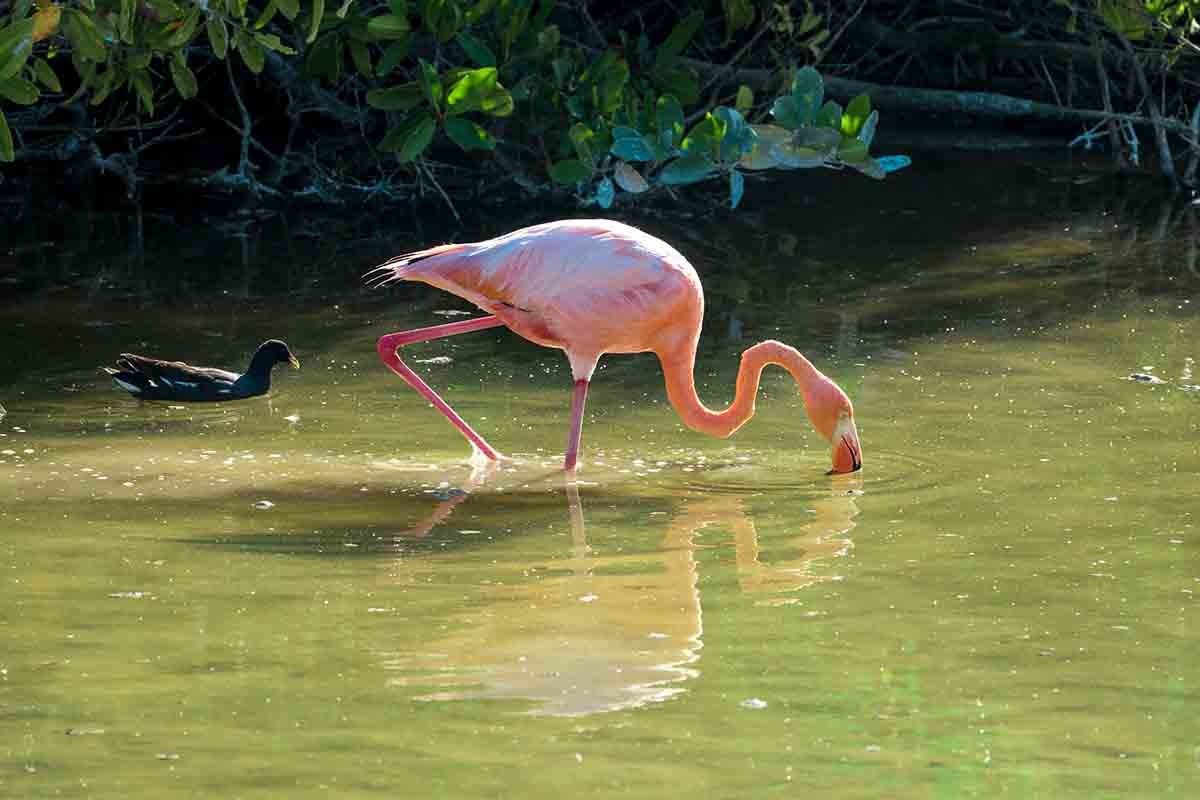
© Latin Trails
Espumilla Beach is located on the northern coast of Santiago Island in James Bay. During the last occurrence of the El Niño phenomenon, one of the two lagoons at this site underwent a process of sedimentation, thus causing the disappearance of a representative colony of flamingos. The main attractions are the palo santo forest and the nesting of baby turtles.
PM: Puerto Egas, Santiago Island
Its black beach is located on the west side of the island and is the main attraction of the island. Its volcanic tuff deposits have favoured the formation of this special black sand beach.
This site is called Puerto Egas, because there was an attempt to start the exploitation of salt, which failed because the price of salt on the continent was very low, and did not justify its exploitation in Galapagos. The project and the infrastructure were left abandoned.
Day 6 (Wednesday) : Rabida Island & Chinese Hat
AM: Rabida Island
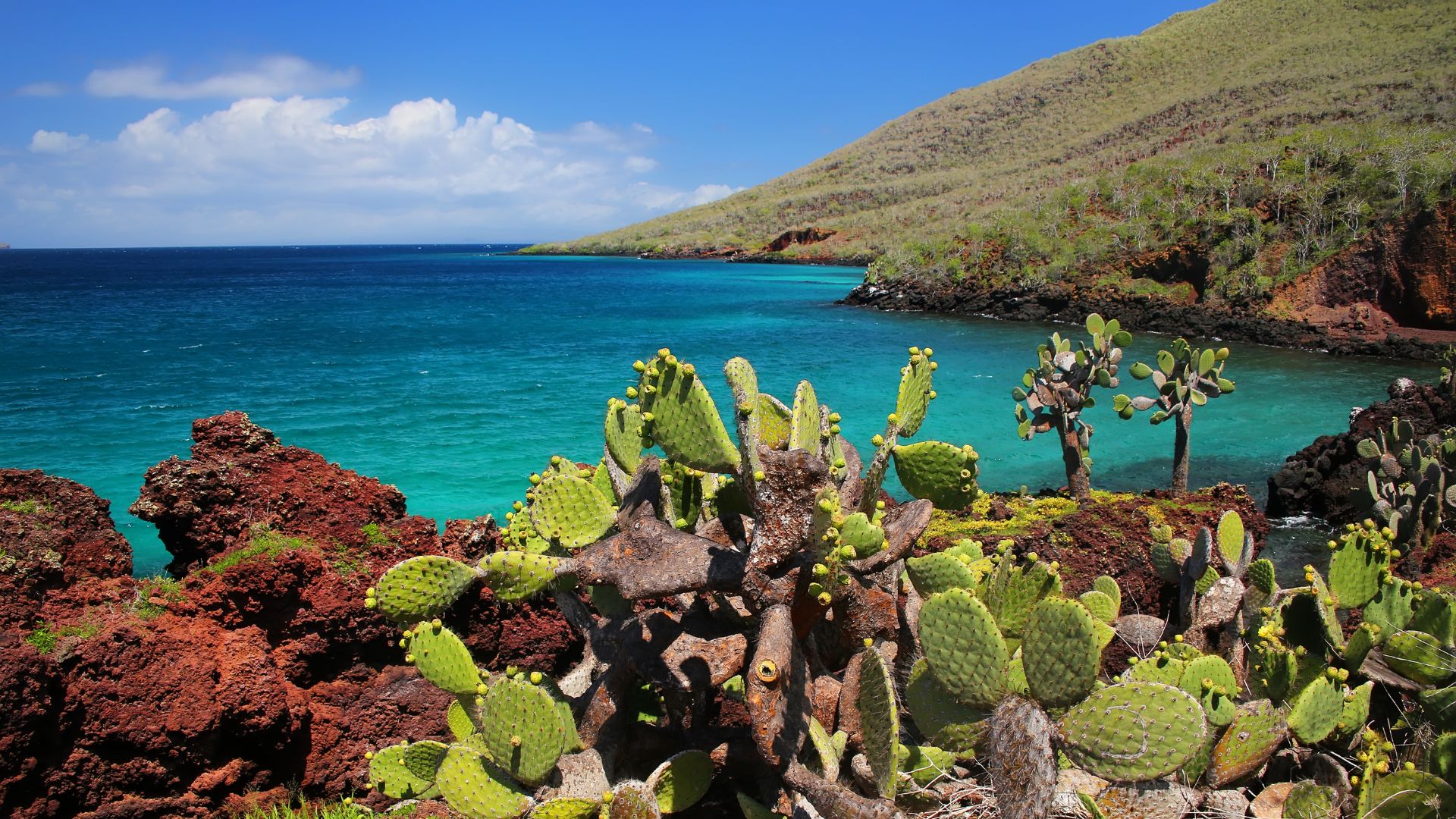
Photo: Donyanedomam
Rábida Island is unique due to the red colour that colours all rocks and sand. The volcanic material on this island is very porous and external factors such as rain, salty water, and sea breeze have acted as oxidising agents.
A short walk along a trail leads you to a coastal lagoon behind the beach, which allows you to observe land birds such as finches, doves, yellow warblers, and mockingbirds. At the lagoon, there is a colony of flamingos.
PM: Chinese Hat – Sombrero Chino
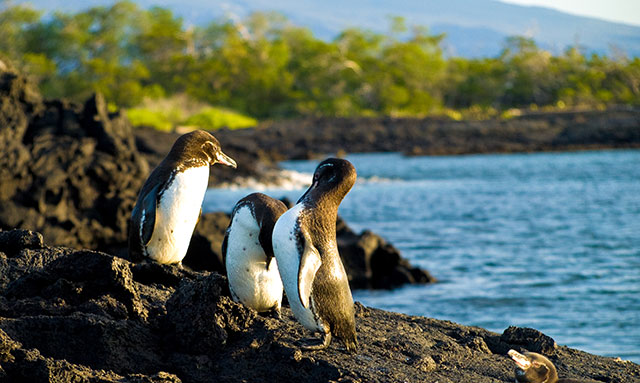
© Latin Trails
This is a small islet located just off the southeastern tip of Santiago Island. It is a recent volcanic cone, shaped like a Chinese hat when seen from the north. On the west, you can see lava formations, formed under the sea and raised upwards, which is why coral heads are found on the lava.
This is an excellent visit for interpretation of geological features such as lava tubes and lava flows. The landscape is covered by sea lion colonies, marine iguanas, and Galapagos penguins.
Day 7 (Thursday) : Santa Cruz Island: Black Turtle Cove
AM: Black Turtle Cove, Santa Cruz Island
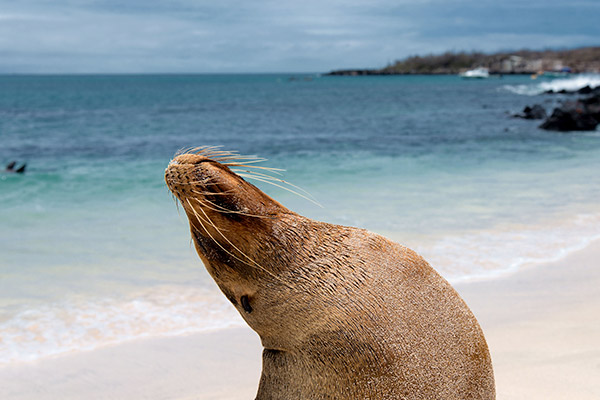
A dinghy ride to Black Turtle Cove, located on the north coast of Santa Cruz, just west of Baltra, offers a window into a quiet hideaway of the Galapagos.
Once in the cove, the boat continues with the engines off and begins to explore the mangrove-protected cove.
Sea turtles feed and mate in the calm waters, and three species of sharks are found here: the black-tip shark, the white-tip shark, and the Galapagos shark.
Groups of spotted rays are also often seen, as well as egrets and herons.
After the visit, you will be transferred to the Baltra airport in time for your flight back to the mainland.
- Sea turtles, black-tip, white-tip, and Galapagos sharks, spotted rays, egrets, and herons contribute to the diverse wildlife.
- Visitors can observe land iguanas, red and blue lobsters, and various vegetation, including Darwin’s cotton flowers.
- Pay attention to the meeting details provided upon arrival in Galapagos.
- Wear comfortable clothing suitable for hot weather. Remember that Galapagos has a humid climate and its ambient temperature is above 22 degrees Celsius.
- Take your identity card or passport with you, especially on your transfers in and out of the Galapagos Islands.
- Remember that traveling by cruise ship can cause seasickness, we recommend that you take sea sickness pills with you. These can only be taken once a day.
- Be aware of the environmental impact and follow the national park’s rules on conservation and respect for nature.
It is advisable to bring a windbreaker jacket for when you want to enjoy the best view of the Galapagos Islands in our open air area.
Within our excursions or water activities the effort is minimal compared to the great experience you will have in the Galapagos Islands.
